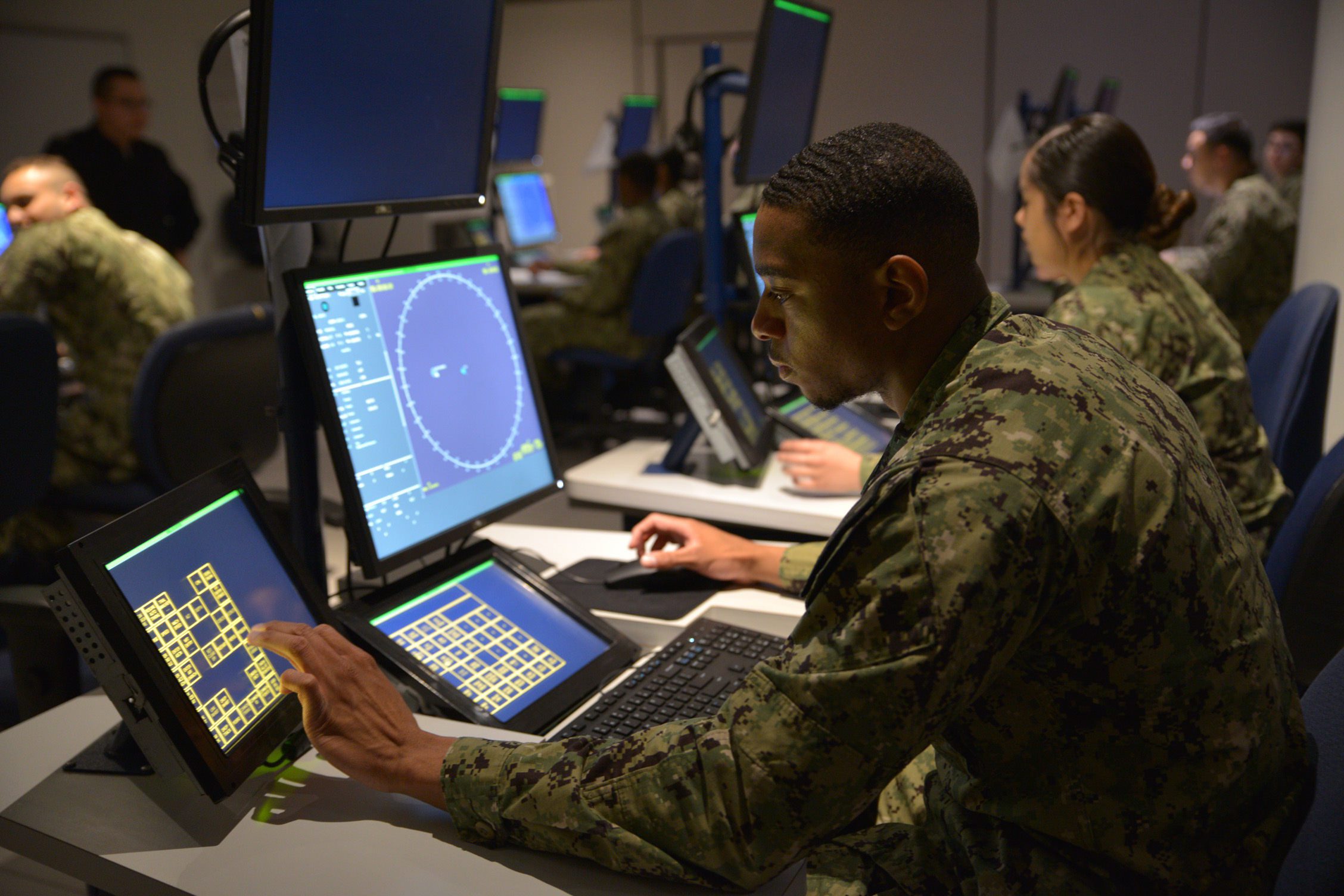UK To Remove Andrew From Role As Royal Navy Vice Admiral
LONDON, Nov 2 (Reuters) – Britain’s former prince Andrew is due to be stripped of his last remaining military position as part of King Charles’ decision to remove his brother from public...

by James Stavridis (Bloomberg Opinion) China’s recent enhancement of its spying operations in Cuba — likely to focus on surveilling the many US military facilities in Florida — should have the Defense Department thinking about safer locations for some of its most sensitive testing and scientific programs. One idea is to place them away from ocean coasts in the less-vulnerable American Midwest.
The debate is quite timely: This spring, the Navy relocated the testing of some cutting-edge experimental unmanned vehicles to the Caribbean, under the authority of the 4th Fleet in Mayport, Florida. It’s a perplexing decision given how US adversaries such as China, Russia and Iran are spreading their influence in Latin America and the Caribbean — and finding willing partners in not just Cuba but also Venezuela and Nicaragua, for example.
Given the great efforts those adversaries have made in studying how the Pentagon designs and operates unmanned systems, it is only prudent to look at other geographic options for testing and evaluation. Unmanned vehicles, whether armed or equipped with sensors, will be game changers in naval warfare, on the scale that submarines and aircraft altered the scope of war in the 20th century.
One idea, outlined in a recent essay by Jerry Hendrix, a retired Navy captain, is a proposal for a maritime “Area 52” across parts of Lake Michigan. The Area 52 moniker draws on the fabled Area 51 in southern Nevada, where the U-2 and SR-71 spy planes and the F-117 — the first stealth attack aircraft — were developed away from public notice decades ago.
A testing base on Lake Michigan seems a highly credible proposal. It is one of the largest freshwater lakes in the world: Over 300 miles long and 118 miles wide, it’s 920 feet deep. It has all the room necessary to do full-scale tests of unmanned air, surface and subsurface vehicles on a regular basis. Just as important, Lake Michigan, unlike the four adjoining Great Lakes, is entirely within US borders. And for once, the Midwest’s frigid winters would be a bonus, forcing the drones to prove themselves in a variety of weather conditions.
There is precedent for military testing on Lake Michigan: During World War II, the Navy operated two paddle-wheel-powered aircraft carriers there for pilot training.
Much necessary infrastructure is already in place: Naval Station Great Lakes, just outside Chicago, could monitor surface and underwater drones, while the many Navy reserve and Air National Guard bases around the region could be used to launch and recover unmanned aircraft.
In addition, the Navy is ramping up production of its new Constellation class frigates to two a year at a Marinette, Wisconsin shipyard on the lake’s western shore. Working in tandem would allow unmanned platforms to demonstrate their capabilities alongside manned surface ships during the frigates’ initial trials.
Perhaps the most exciting component of the Area 52 concept is its potential to create a high-tech corridor in the Great Lakes area. Silicon Valley did not spring from whole cloth. The Stanford University techies who created many of the patentable electronic ideas were supported technologically and financially by NASA’s Ames Test Research Center and the Navy’s Moffett Field south of San Francisco Bay. One result was the founding of Hewlett Packard, the grandfather of the computer industry.
Related book: 2034: A Novel of the Next World War by Elliot Ackerman and Admiral James Stavridis
Likewise, the Route 128 tech corridor around Boston — where I spent five years as a dean at Tufts University — emerged in the 1950s from a virtuous circle consisting of the Massachusetts Institute of Technology, Hanscom Air Force Base, and federally funded Lincoln Labs. Raytheon Technologies Co. was an early firm that grew out of that public-private effort. One can envision recreating Silicon Valley or Route 128 in America’s heartland.
The Midwest has deep intellectual advantages. There could be a strong alignment between Purdue University, one of the world’s leading engineering centers; the famed Fermilab and Argonne National Laboratory near Chicago; and the Naval Surface Warfare Center at Crane, Indiana, which develops everything from micro-electronics to hypersonic weapons.
Nearby are the University of Chicago, Northwestern University and the Universities of Michigan and Wisconsin. Combined with the economic backbone of the Chicago-Milwaukee corridor, all the components necessary to catalyze a new Midwestern high-tech zone focused on naval drone systems are present.
The Navy understands the importance of unmanned autonomous systems, but it should not develop that fleet on an open stage in the Caribbean, where tech-stealing adversaries can sit in the front row. Rather, it should consider moving research, development and prototyping efforts to a new Area 52 on Lake Michigan, potentially aiding national security while helping create a new high-tech zone in the nation’s heartland.
James Stavridis is a Bloomberg Opinion columnist. A retired U.S. Navy admiral, former supreme allied commander of NATO, and dean emeritus of the Fletcher School of Law and Diplomacy at Tufts University, he is vice chairman of global affairs at the Carlyle Group. He is the author most recently of “To Risk It All: Nine Conflicts and the Crucible of Decision.” @stavridisj © 2023 Bloomberg L.P.
Related book: 2034: A Novel of the Next World War by Elliot Ackerman and Admiral James Stavridis

Sign up for gCaptain’s newsletter and never miss an update

Subscribe to gCaptain Daily and stay informed with the latest global maritime and offshore news
Essential news coupled with the finest maritime content sourced from across the globe.
Sign Up